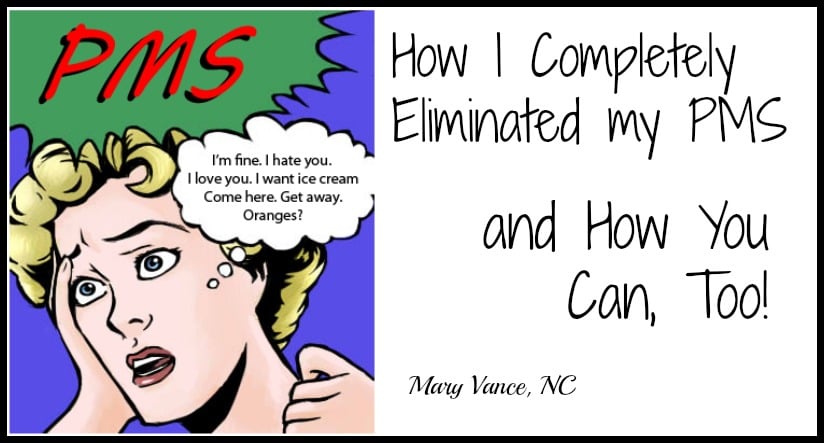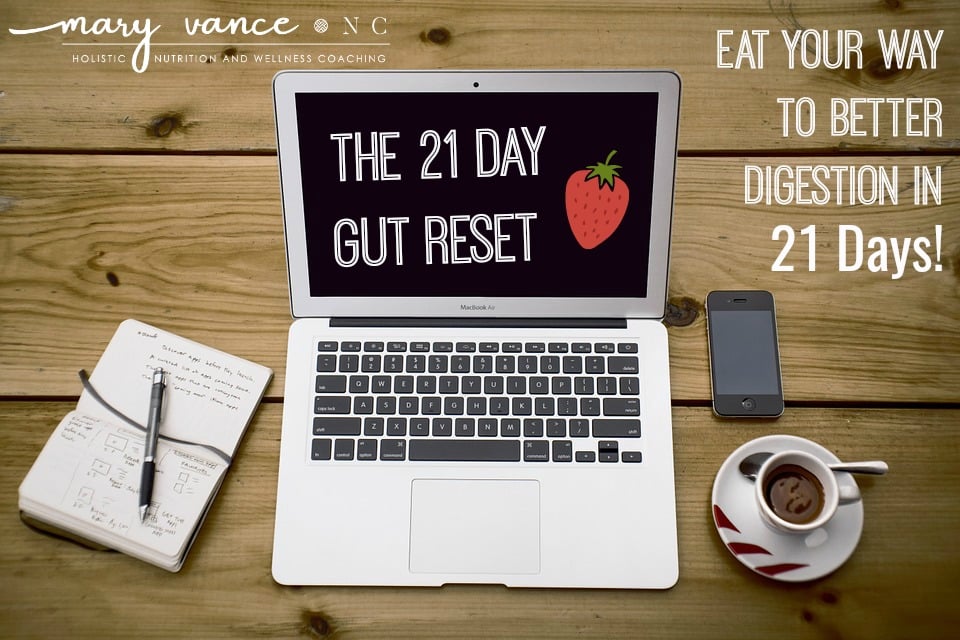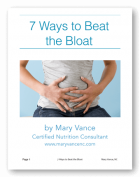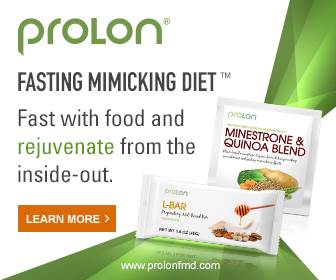After taking hormonal birth control pills for 10 years and deciding I no longer wanted synthetic hormones in my body, I quit them in my mid-late twenties and assumed everything would go back to normal. Instead, I didn’t get a period for over a year, but I still experienced cyclical moodiness. I changed my diet and used herbs to restore my cycles, but as the years wore on, my PMS symptoms worsened. I would get bloated, incredibly moody, irritable, depressed, and have extreme feelings of hopelessness. In fact, that’s how I knew my period was coming: I’d suddenly think, What is it all for? Why am I doing this? Coupled with, I should break up with my boyfriend and start a new life. Seriously, every month. What a drag (especially for my boyfriend).
I was focusing my studies on functional medicine at that point and learned about the connection between adrenal fatigue/HPA axis dysfunction and female hormone imbalance. Chronic stress, something I was smack in the middle of enduring, causes cortisol fluctuations that can lead to estrogen dominance and low progesterone, two imbalances that had showed up on my blood work at that time. I also learned how the health of the gut dramatically impacts your endocrine system. Stress causes major changes in the gut flora and contributes to inflammation and leaky gut, a major stress on your body and endocrine system. Finally, hypothyroidism contributes to irregular cycles, depression, and a worsening in PMS. I had all these issues at the time: adrenal fatigue, low progesterone, gut imbalances, and eventually, hypothyroidism that would surface soon enough.
If you’re like most of my female clients, you’re feeling stressed, tired, crabby, and experiencing moodiness and cyclical PMS. We’ve been socialized to believe that premenstrual symptoms are normal and part of “being a women,” but it is absolutely not normal to get only 2 good weeks per month (a phrase I hear so often) or to have physical and emotional symptoms that interfere with your life.
PMS is a cluster of symptoms that occurs 7-10 days prior to your period. Even if you’re not having a period due to partial hysterectomy or amenorrhea, you can still experience PMS symptoms as long as you’re not menopausal and are producing some hormones on a cyclical basis. Researchers have found more than 200 PMS symptoms (!!), but the most common are irritability, bloating, cramping, cravings, headaches, breast tenderness, and fatigue. These can range from annoying to debilitating.
What Causes PMS?
Female hormones are constantly shifting throughout a 28 day cycle. Estrogen and progesterone rise and fall to trigger ovulation and menstruation at specific times. These hormones are impacted by your stress levels, blood sugar, liver health, and diet. Most often what causes PMS is estrogen dominance, meaning you have too much estrogen in relation to progesterone. This is by far the most common cause of hormone imbalance that I see. A few causes include stress (no surprise there), xenoestrogen exposure, eating non-organic meat and dairy, too much processed soy, birth control pills, and being overweight.
Nutrient deficiencies, liver congestion, too much caffeine, blood sugar swings, and constipation can cause and worsen PMS too.
How I Completely Eliminated my PMS
Although it took me a few years to tackle all the items on this list, the first four are the most important, and you can start those right away with quick results! I can happily say that nowadays I don’t struggle with PMS. Occasionally I’ll be a little more tired and need a nap, or I’ll notice slight irritability. If I feel my PMS symptoms worsen, I know it’s time to support my adrenals, adjust my diet, and support liver detox.
- The first item I tackled was addressing my adrenal fatigue and stress levels. I did saliva testing to check my hormone levels, which were low across the board from because of my crazy high stress and being on birth control pills. I took a variety of adaptogenic herbs and nutrients to rebuild adrenal health. I started with this adrenal support blend that works really well for high or low cortisol: take two twice daily, after breakfast and lunch. If you know you have low cortisol, this one works better.
- I corrected my estrogen and progesterone balance by including bio-identical progesterone drops made from wild yam. Take this from day 14-28 of your cycle. I took vitex on and off too. Evening primrose/borage helps immensely with moodiness and is also great for your skin! You can also take DIM to help the body rid itself of excess estrogen.
- I made sure I was getting enough B vitamins and minerals (calcium and magnesium especially), two nutrient deficiencies that accompany PMS.
- I already had the diet piece dialed in, but make sure you’re eating only organic meats, plenty of vegetables of all kinds– especially the cruciferous for their estrogen detox powers–and fermented foods for good gut health. Focus on mineral-rich and calcium-rich foods such as broccoli and leafy greens. Avoid alcohol and sugar, two culprits that make PMS much worse. I also recommend avoiding dairy, which can worsen hormone issues and contribute to acne.
- I did a candida cleanse and probiotic therapy to fix my gut and restore good probiotic levels.
- I eventually learned I had hypothyroidism, which I addressed by starting on thyroid replacement hormone and taking a thyroid support supplement that provides necessary co-factors for thyroid hormone production.
- I try to do a liver cleanse twice yearly, and I include liver friendly foods daily. Your liver is a main factor in hormone balance!
- The lifestyle factors are so important too. Make sure you’re eating regularly and not skipping meals so your blood sugar levels stay stable. This is huge: blood sugar swings can worsen PMS, causing you to crave sugar and refined carbs and contributing to energy crashes. Focus on protein and good fats and reduce refined sugars. Exercise, and get enough sleep, as you may be more fatigued the week before your period. Take a detox bath and pamper yourself a little.
- Acupuncture can also be a huge help in reducing PMS.
- Finally, take it easy on yourself. It’s normal to feel some fatigue and achiness the week before your period. I try and honor my cycles and slow down on my workouts if that’s what my body is telling me, or grab a quick nap if I need it.
If this list seems overwhelming, start by focusing on your diet, adrenal health, boosting progesterone levels, and addressing the stress in your life. You can kick off a PMS-free program by starting with a 21 day liver detox followed by the adrenal herbs + progesterone support, and you should notice dramatic improvement right away.
Other Important Items
- Too much caffeine or coffee can aggravate blood sugar imbalances and stress already fatigued adrenals. I recommend switching to green tea.
- Reduce or eliminate alcohol, especially if you have PMDD, anxiety, or depression. It offers zero benefit and will aggravate hormonal imbalance and liver detox.
- Green juicing, including celery and cucumber, can alleviate bloating and water retention. Turmeric tonics and liver detox teas are a great addition too.
- Certain PMS herbal tea blends with calming and uterine tonic herbs can be helpful too.
Resources
4 Tips to Balance Your Hormones Right Now
Top Tips for Hormone Balance
How to Recover from Adrenal Fatigue
Estrogen Dominance
Pin it!

Mary Vance is a Certified Nutrition Consultant and author specializing in digestive health. She combines a science-based approach with natural therapies to rebalance the body. In addition to her 1:1 coaching, she offers courses to help you heal your gut and improve your health. Mary lives in San Francisco and Lake Tahoe in Northern California. Read more about her coaching practice here and her background here.








Thank you for this information. Do you recommend trying these things before or instead of trying bioidentical hormone replacement therapy? Or would this all be in conjunction with it? Also, do you feel essential oils can take the place of BHRT? I am not seeing a dr at the moment as I am a YL member and have been told I can balance my hormones without BHRT. Just curious what your opinion is.
April, you would want to try diet and herbs prior to bio-identicals. those are a last resort, and you shouldn’t tinker with them without both testing your hormones and without help from a practitioner. essential oils are not a replacement for hormone therapy, but can be used as a support in addition to.
Thank you so much for the wonderful information! Is there a saliva test that you recommend? How does it differ from a dutch test?
Alicia, good question. I am beginning to see that the DUTCH tests are more accurate and test far more hormone metabolites, giving you more info about estrogen metabolism, etc. For saliva tests, you can order pretty good hormone panels online from ZRT labs.
Hi! Is it necessary to eliminate eggs on the cleanse? I have heard mixed reviews about eggs being dairy & I usually eat a breakfast of 1 egg, spinach or kale, turkey bacon & avocado (with variation;). Thanks in advance! Oh also, what do you think of nuts like almonds or cashews? I want to do your cleanse & enjoy your readings a lot!! I just can’t imagine only veggies, meat & fruits;) thx so much for this incredible knowledge. I’ve been a PMDD sufferer for decades & I must find some peace & stop loosing 2 weeks per month!
Kate, eggs are not dairy. They are, however, a very common food allergen. If you wanted to do a strict elimination diet to uncover foods allergies, it’s commonly recommended to remove eggs, dairy, grains or gluten, soy, sometimes peanuts. You can take it a step farther with nuts, nightshades, legumes, like the autoimmune protocol. It depends on the person.
Thank you so much